Inside the Democratic People’s Republic of Korea
In May 2019, World Food Programme (WFP) teams visited nine of the DPRK's provinces to assess the food security situation after the 2018 harvest was the worst in 10 years. This is an insider's view of this mission.
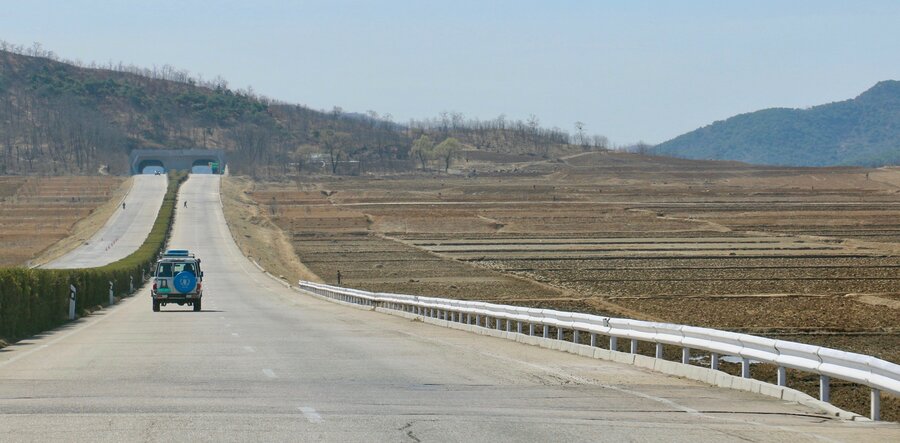
It's planting time in South Hwanghae province, and farmers are busy tilling the fields ahead of the rice and maize cropping season. As we drive along the small roads that criss-cross their way through the DPRK countryside, I see the occasional weather-beaten tractor, but the majority of the work is being done by ox-driven ploughs. I spot a group of farmers hunched over rudimentary hoes and spades. They wear faded khaki outfits with matching hats, and work in areas demarcated by bright red flags that flutter in the cold spring winds. Large red rectangular panels adorned with the slogan "Uphold the country with a good cereal harvest" in yellow lettering exhort them to work hard to feed the nation.

As I looked out of the window of my flight from Beijing earlier that week, the vast and rugged landscape dotted with small villages spread out beneath me, light shades of dry browns and yellows stretching into the distance. More than three quarters of the country is mountainous, making farming hard, especially when it's unseasonably dry.
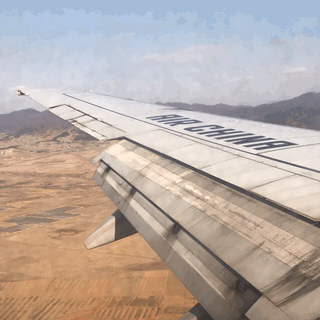
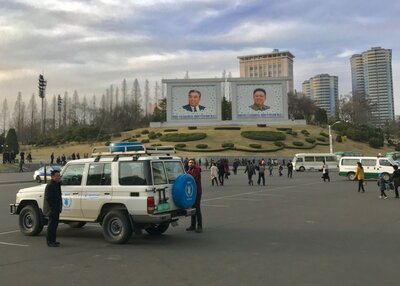
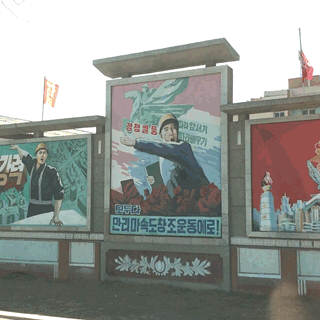
Exit Pyongyang
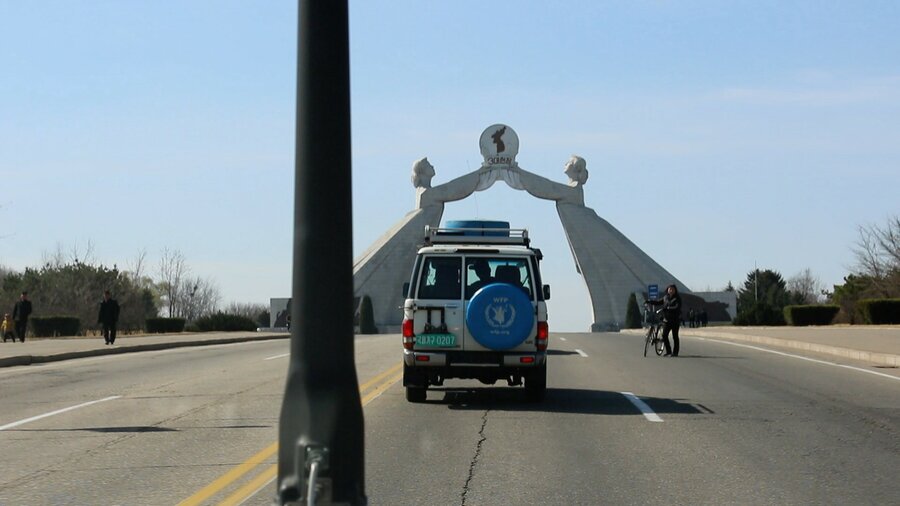
Leaving Pyongyang is like travelling in time. Once we leave the deceptively modern city's limits, we find ourselves in an era of rural collectivised farming, juxtaposed with the occasional CCTV camera gazing from the side of the road.
As we pass through a small rural town, we come to a crossroads where a military checkpoint controls all movements in and out of the town. The soldier, sporting a large green overcoat and fur hat emblazoned by a red and gold star, greets us with a cold glare and waves us through — in our over-sized white Land Cruiser there's no mistaking who we are — but for the ordinary folk, there's no movement without express written authorisation.
After two hours on the road, I notice that all along our route it's the same. Farmers work in groups, busy on specific tasks; tilling, relocating what limited fertilizer is available from small piles on the side of the field to smaller piles in the fields, mixing organic manure with the soil, carrying huge piles of soil loaded onto makeshift wooden boxes strapped across their backs, stretching the few farming resources available in the hope of a good harvest.
We're headed south into the ‘rice bowl' of North Korea, where more than a fifth of the nation's staple foods of rice and maize are grown. We're just over 100 km from Seoul, the capital of neighbouring South Korea. 100 km is so close, but the modernity of Seoul feels a world away.
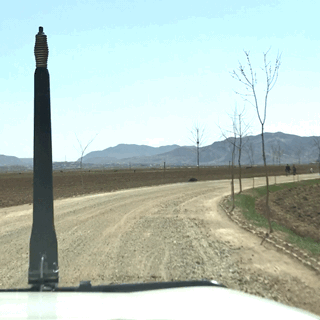
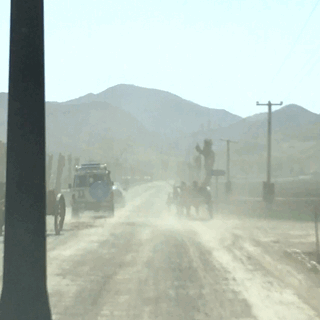
I spot a tractor tilling one particular field, a small open fire visibly burning in the engine compartment, black smoke billowing gustily across the valley. "Why is there an open fire in that tractor?" I ask our interpreter, half-expecting him to deny the reality before my eyes. "Steam powered tractor," he says curtly. A sad but necessary adaptation after years of crippling sanctions.
Uncovering the depth of chronic malnutrition
Even before last year's record-low harvest, North Korea was already home to desperately high levels of chronic malnutrition, with one in five children stunted — or too short for their age. Some researchers claim the Northerners are on average three inches shorter than their Southern counterparts, and live on average 11 years less: dynamics driven in part by food shortages. The lack of data makes confirming any of this tricky. Which is why we're touring the country asking all the questions we can, in an effort to determine the scale of the crisis and collect data that could inform assistance operations for years to come.
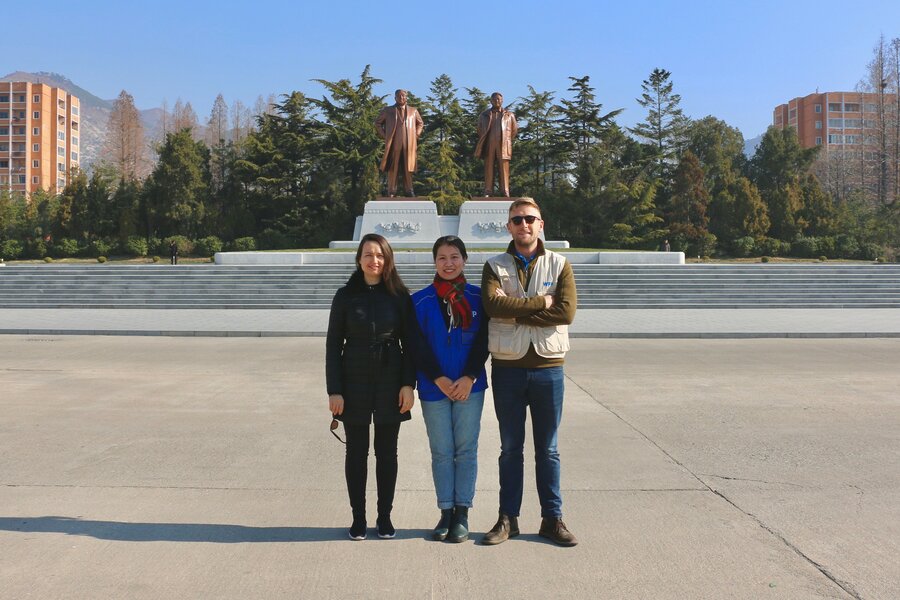
We've been allowed to travel to almost all provinces in the country, a rare privilege in one of the most closed-off countries in the world. Our team is made up of experts from France, Canada, China, Germany, Ireland, Italy, Moldova and Spain. All teams are accompanied by friendly and helpful officials seconded to our team by the Government. They do the interpreting as well as keeping us under their ever watchful eye — "it is better", we are told.
We speak to farmers, ordinary families, nursery staff, local officials and the few humanitarians on the ground to see what they make of the situation. We ask what people are eating, how last year's harvest was, if they're worried about the lack of rain, what their hopes are for this year, and what they'd need to produce more food.
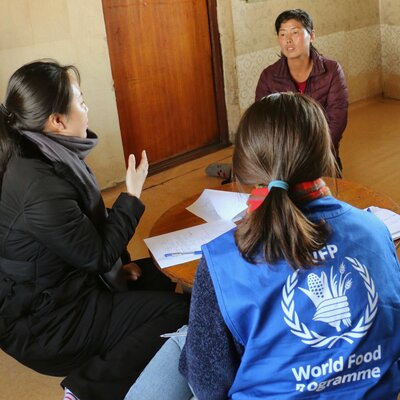
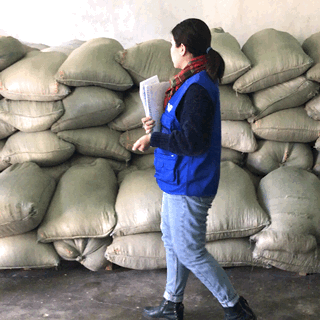
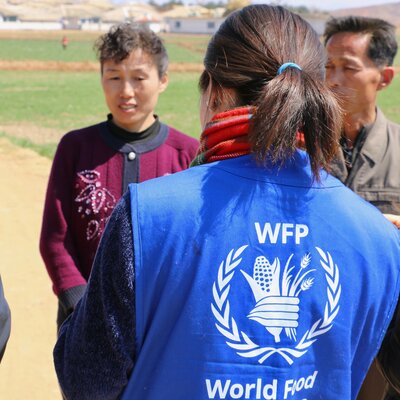
Women and children on the edge
Our main concern is for young children and pregnant or breastfeeding women — those that bear the brunt of hunger when it strikes. We visit a nursery and are greeted by frightened-looking children all huddled into one room to keep warm, a cacophony of chesty coughs fighting infection over small bowls of rice and kimchi (pickled cabbage). The parents are out in the fields battling the climate to grow the food the isolated nation relies on. We visit families in their small stark homes, and listen as they recount last year's food struggles. We visit cooperative farmers and hear about how they tried to overcome last year's floods with what little they had, and their worries for this year's crops which are already being hit by drought.
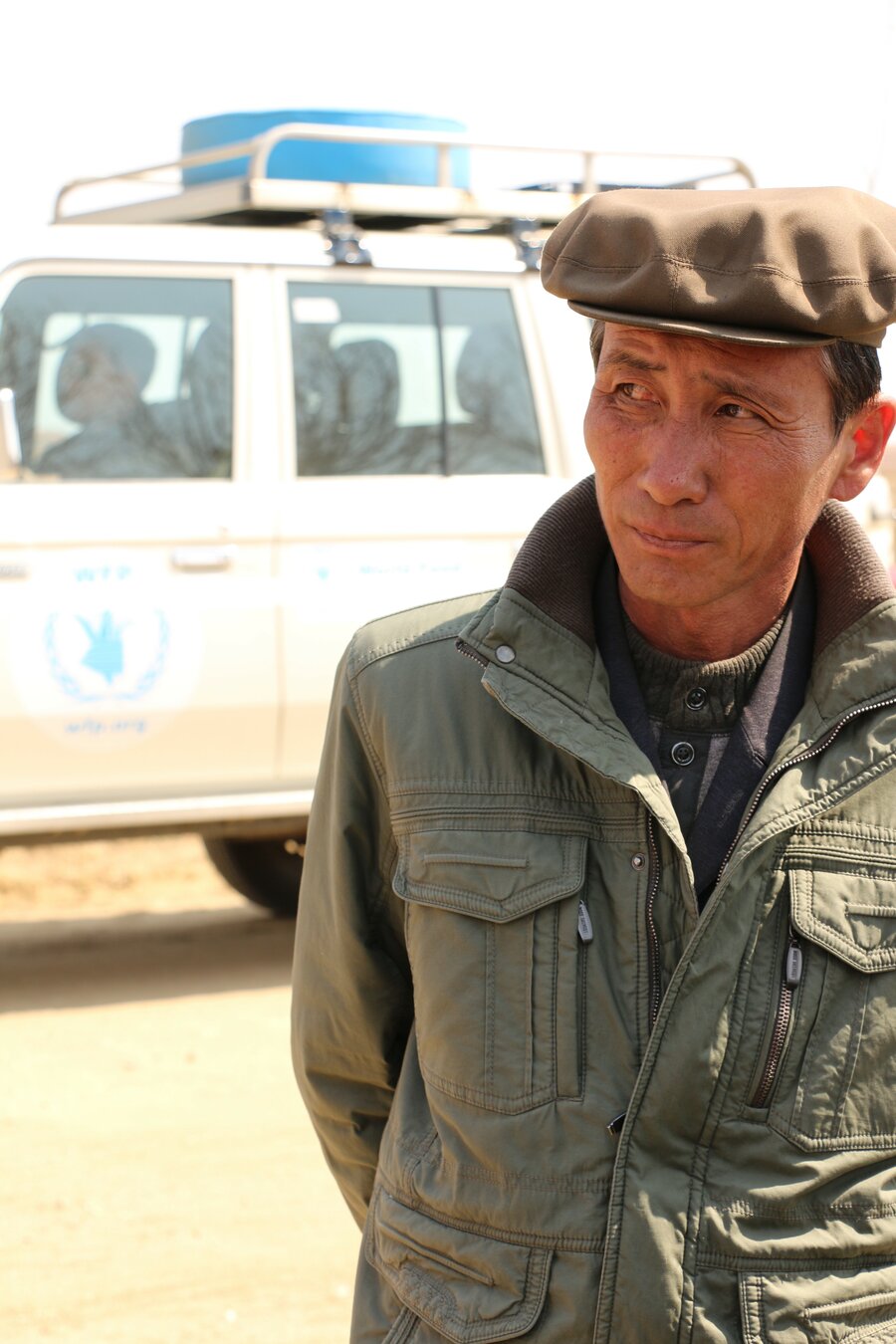
We ask questions freely, but people speak in short sentences which become even shorter once translated. We ask follow up questions and take all the notes we can. We have a short window to understand the magnitude of the food crisis. This is a unique opportunity: the last assessment on this scale was seven years ago. It could be years before we're allowed to do another one.
One woman explains how her family has been forced to cut meals and save what little they have for their two children, in the hope they won't go to bed hungry. Another woman tells us how over the past 12 months she has eaten eggs (the only protein she can get hold of) a handful of times, otherwise eating mainly rice and kimchi. This sounds all the more worrying when she tells us she is mother to a 2-year-old.
Hidden hunger
Eating a balanced and nutritious diet — or ‘dietary diversity' as the experts call it — is the key to good nutrition. If young children miss out on vital micro-nutrients, fats, minerals and vitamins during the crucial 1,000-day window from conception to their second birthday, their growth, development and lifelong health can be badly affected. How well or how poorly mothers and children are nourished during this time has a profound and long-term impact.
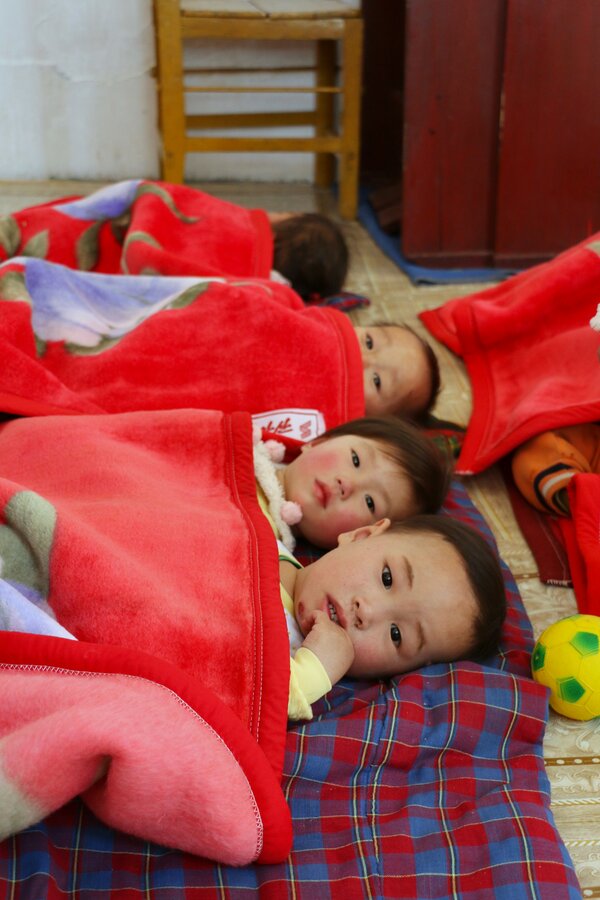
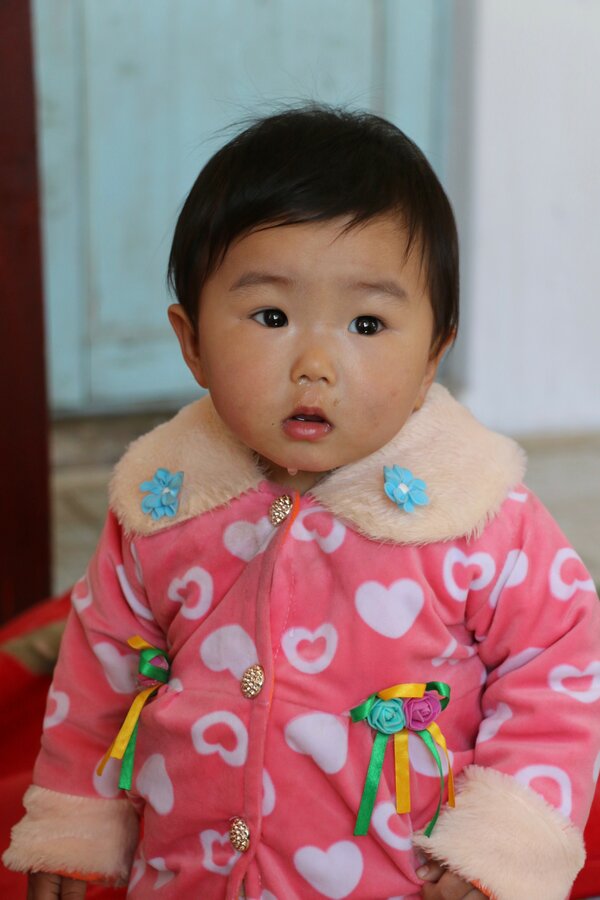
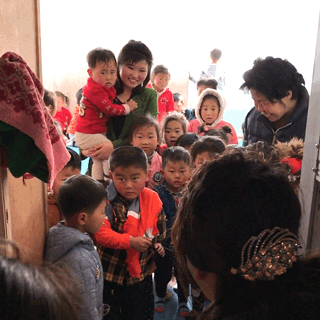
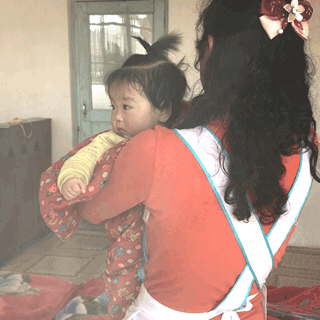
The more I hear that diets are limited to a standard meal of rice and kimchi, the more I realise the true scale of the crisis, and the incredibly important role that WFP plays here through its nutrition programme. Things have changed a lot since the famine years of the 1990s, and the real crisis now is one in which hidden hunger and micro-nutrient deficiencies put lives at risk, and threaten the nutrition gains made in the country in recent years.
As humanitarians, our hope is that those in positions of power can go beyond the geopolitics and enable us to do our crucial humanitarian work — the ordinary women and children of DPRK deserve no less.
Floods, heatwaves and droughts, compounded by a lack of fertilizer, fuel and spare parts pushed 2018's agricultural production to a 10-year low in DPRK, forcing food shortages on 10.1 million people — or four in every 10. Government food rations have dropped to 300 g/person/day — the equivalent of two medium-sized potatoes a day, raising fears of a looming food crisis.
The World Food Programme (WFP) has been on the ground in DPRK since the 1990s, fighting malnutrition, building resilience and helping vulnerable families cope in times of crisis. As part of its regular programme in DPRK, WFP provides nutrition support to more than 770,000 young children and pregnant and breastfeeding women, many of whom subsist on a diet lacking in essential proteins, fats, vitamins and minerals. WFP's operations assist children and women through nutrient-dense, specialized foods.
